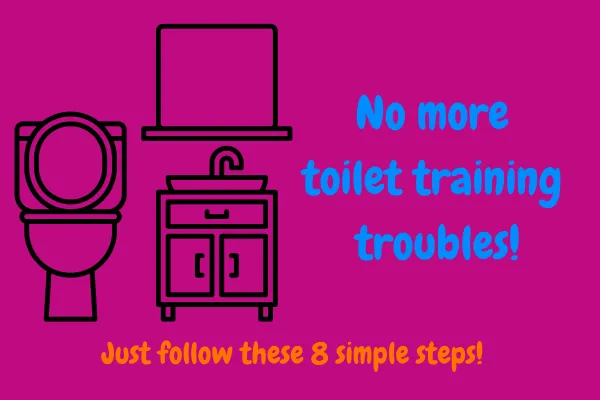
Toilet Training in 3 Days!
How to Toilet Train Your Toddler in 3 Days: 8 Proven Steps
We’ve all heard the stories: parents who toilet trained their toddler in just a few days. While it may sound too good to be true, it is possible. Emma Hubbard, 12 year Pediatric Occupational Therapist, has helped many parents succeed in this toilet training journey!
If you're ready to ditch diapers and help your little one achieve this milestone quickly and confidently, here are the eight most effective steps to get there.
1. Make Sure Your Child Is Ready
Toilet training will only succeed if your child is developmentally prepared. If they’re not ready, the process can drag on for months—or even years.
Look for two key readiness signs:
Dry periods of 1–2 hours during the day.
Regular, soft bowel movements (no constipation).
If your child is struggling with constipation, hold off on training until it’s resolved.
2. Increase Their Awareness of Wet, Dry, and Dirty
To learn toilet skills, children need to feel the difference between wet and dry. Modern diapers and pull-ups are too absorbent—they mask accidents and delay learning.
Instead, switch to:
Cloth underwear
Training pants (which absorb small leaks but stay wet)
Or even underwear inside a diaper for less mess while still allowing the child to feel wetness.
This shift increases awareness, discomfort from soiling, and promotes independence—all of which help motivate your child.
3. Don’t Ask “Do You Want to Go to the Toilet?”
Most toddlers will say “no”—not because they don’t need to go, but because play is more fun than potty time.
Instead, observe and name the cues:
“I see you jumping up and down—your body is telling you it’s time for the toilet!”
This approach builds body awareness and removes the opportunity to say no.
4. Keep Toilet Time to 5 Minutes or Less
Sitting too long can make the toilet feel like punishment. Keep it brief—no more than five minutes. Avoid screen time on the toilet, and make the purpose clear: this is for doing a pee or poop, not hanging out.
5. Respect Their Fears Around Pooping
It’s common for children to be afraid of pooping in the toilet. They may fear:
Splashing
“Losing” part of their body
Pain from a past experience
Even being sucked in
6. Respond Calmly to Accidents
Accidents are part of the learning process. Harsh reactions—yelling, scolding, or showing disappointment—can lead to fear, secrecy, or even more accidents.
Instead, stay calm and neutral:
“Looks like your pants are wet. Let’s get changed and try again.”
Always change them in the bathroom, not elsewhere. This reinforces the connection between the accident and the correct next step.
7. Practice the Full Toilet Routine
After an accident or successful toilet use, guide your child through the full process:
Pull down pants
Sit on the toilet
Wipe
Flush
Wash hands
Each repetition builds comfort and routine, and exposure to the sounds and smells of the bathroom helps normalize the experience.
8. Ensure They’re Physically Comfortable
Children need to feel stable and relaxed to release their muscles. That means:
Using a child-sized potty or
A toilet insert with a step stool, so feet are supported and knees are higher than hips (ideal for pooping posture).
Final Thoughts
Toilet training doesn’t have to be stressful or drawn out. With readiness, the right tools, and a supportive approach, your child can succeed in just a few days.
Watch Emma Hubbards full video here: https://www.youtube.com/watch?v=FuEOVu6U4CI


